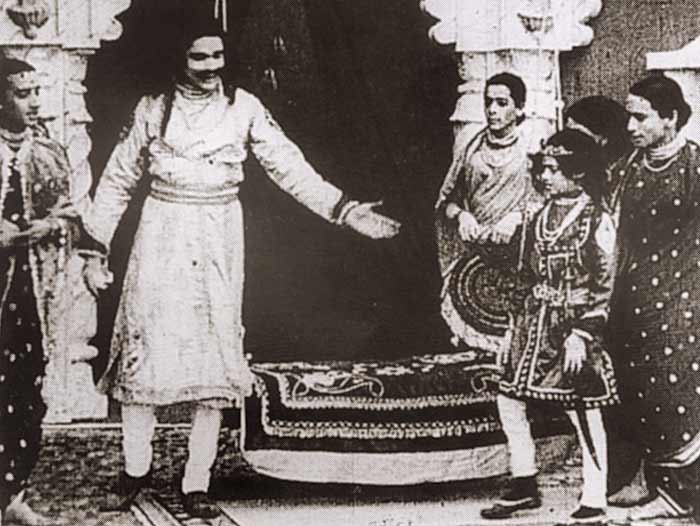**This is an old revision of the document!**
Table of Contents
Modernities
More than one way to do it
Ryan Schram
Mills 169 (A26)
ryan.schram@sydney.edu.au
22 September 2014
Available at http://anthro.rschram.org/1002/9.1
Ryan is taking the lectures on Parallel Modernities (Week 9) and Alternate Modernities (Week 10).
The twentieth century was busy
Things that happened in the twentieth century:
- Electrification
- Broadcasting
- Mechanized warfare
- Nuclear weapons
- Decolonization
- The rise of superpowers
US urbanisation
- USA 1900: 30% of people live in cities
- USA 1990: nearly 80% live in cities (US Census 1995).
World urbanisation
- In 1800, 3% of the world lived in cities.
- In 1900, 19%.
- In 2000, 47% … and recently over half of people live in cities (The Economist 2007).
Town and country
- Rural societies have small populations and can be studied up close. A few big social institutions do most of the work of integrating society.
- Urban societies have a higher degree of differentiation. There are lots of very specialized institutions and a person has to move through many different social contexts.
It's getting better all the time?
Those of us who grew up in a Western culture learned to see this as progress.
People who grew up in other cultures learn to see it as development.
Yeah, right
Capitalism has reorganized social relations around money and profit.
Colonial conquests uprooted millions of people and denied people their self-worth.
People sell organs.
There is a giant plastic garbage vortex in the middle of the Pacific ocean.
That's about the size
People in postcolonial societies have experienced great changes too. And they call these changes, more or less, modernity.
But if you look closely, modernity is different every where you look.
Multiple modernities
For Ongka, modernity means more moka.
For Walter Benjamin, modernity means more shopping.
For Kwame Nkrumah, the first president of Ghana, modernity means a free country based on African principles.
For Suharto, a former leader of Indonesia, modernity means a united Indonesian society based on a common philosophy.
Two ways
There are two ways of thinking about multiple modernities
- Parallel modernity: A developing society chooses another society to emulate besides Europe.
- Alternate modernity: The same social forces which transformed European societies also are at work in other societies, but disguised in locally appropriate forms.
We begin with parallel modernity.
Indian cinema is as old as European cinema
When Dadasaheb Phalke first saw a silent movie in 1910 he thought:
“While the life of Christ was rolling before my eyes, I was mentally visualizing the gods Shri Krishnu, Shri Ramachandra and their Gokul and Ayodhya…” (Phalke quoted Ganti 2013: 8).
(Still from Phalke, Raja Harishchandra, 1913)
Bollywood
Trailer for Mughal-E Azam (K. Asif, 1960)
Parallel modernity
- Indian cultural products flow to Nigerian audiences.
- Nigerian writers appropriate Indian stories to create something new.
References
Ganti, Tejaswini 2013. Bollywood: A Guidebook to Popular Hindi Cinema, 2nd ed. London: Routledge.
The Economist. 2007. “The World Goes to Town,” May 3. http://www.economist.com/node/9070726.
US Census Bureau. 1995. “Urban and Rural Population: 1900 to 1990.” Released October. https://www.census.gov/population/censusdata/urpop0090.txt.

